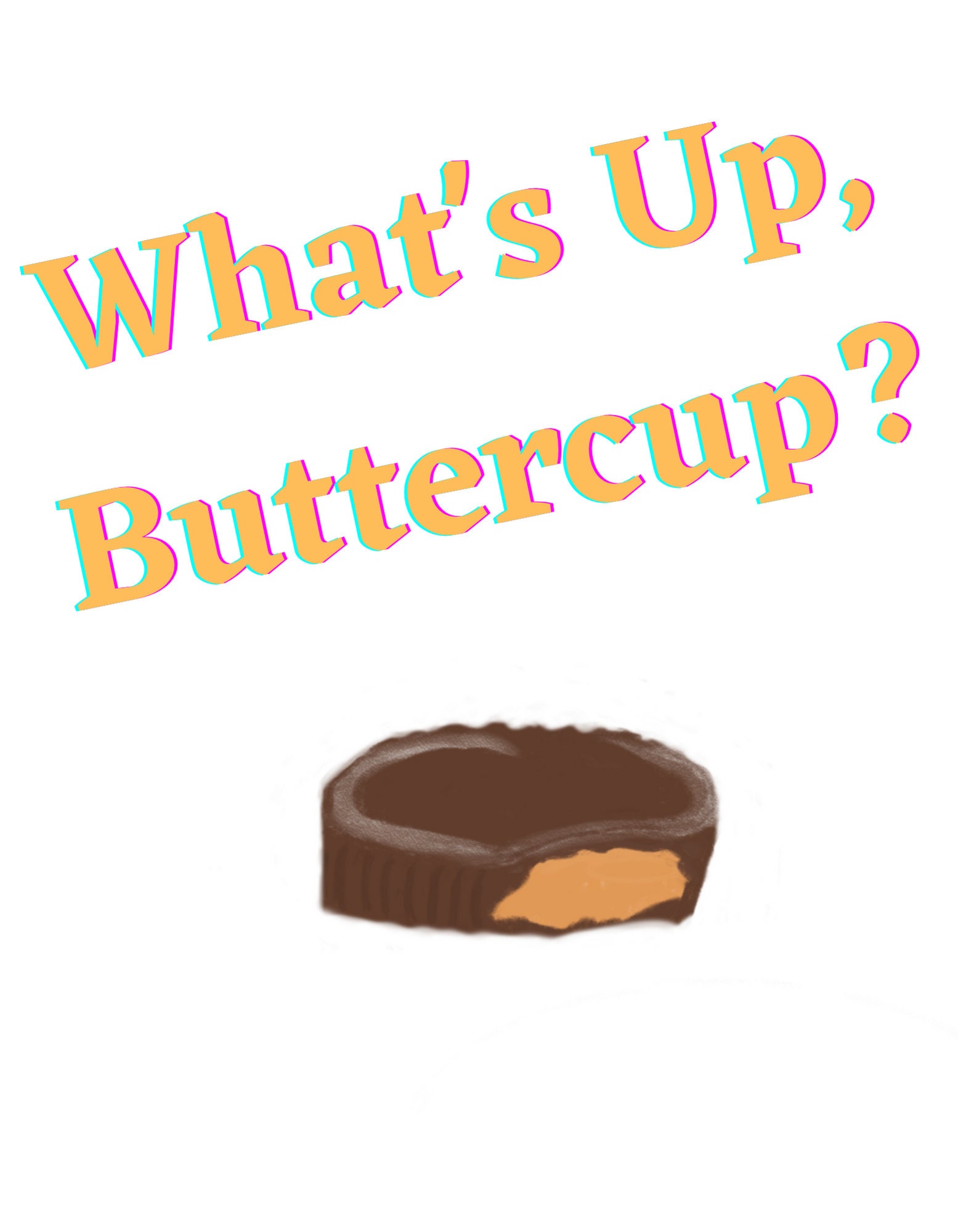

By saying, “Doing Fine Clementine!” it shows that you are in satisfactory condition and all is well.

“Doing fine, Clementine!” indicates that you are doing well physically, psychologically, and even financially. Remember how this greeting’s first use involved a sleepy young girl? By responding with “I am out of bed, you daisy head,” you are also making direct reference to the first “What s up buttercup?” This reply jokingly states you are active and lively, unlike the young girl captioned in the 1819 print who was still sleepy when she received this salutation. “I am out of bed, you Daisy head!” is a rhyming and playful response that you can use as an answer to, “What’s up Buttercup?” This reply states that you are doing fine and you are already out and about. If you want to find the best answers to “What’s up Buttercup?” Here are the ten best responses that you can use. In this instance, the term “Alligator” serves as a rhyming phrase. You can find similar instances in other English words such as, See you later, alligator. Most people believe Buttercup primarily serves as a rhyming phrase. “What’s up, buttercup?” is an informal greeting that seeks to ask an individual, “ how are you doing or how is it going?” The auxiliary phrase, Buttercup, serves as a nickname or a term of endearment that makes the greeting playful and goofy while also providing rhyme. However, out of these three references, only word games from 1961 and Carmichael’s music make direct reference to “What’s up Buttercup?” Mayhews reference only mentions, “What’s Up.” Best Reponses to “What’s Up, Buttercup?” Other early known references of this phrase include Mayhew London’s reference (1851) and more recent appearances in word games (1961), and a Hoagy Carmichael song (1935). As the elderly gentleman searches for his cup of coffee, he leans towards the young child, kisses her on the forehead, and gently asks, “What’s up Buttercup?” The man had just arrived from his night shift at the docks. Its first use involved and family breakfast scenario.Ī young sleepy-eyed girl sits next to her father/ grandfather at a breakfast table in this scenario. According to history, the introduction of “Buttercup” occurred around the same period. The expression “What’s Up” is an alternative to the phrase, “What is going on?” This expression dates back as early as 1819, when it first appeared in print media.


 0 kommentar(er)
0 kommentar(er)
